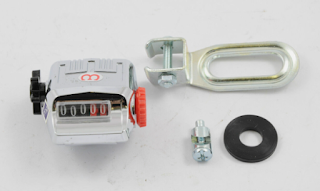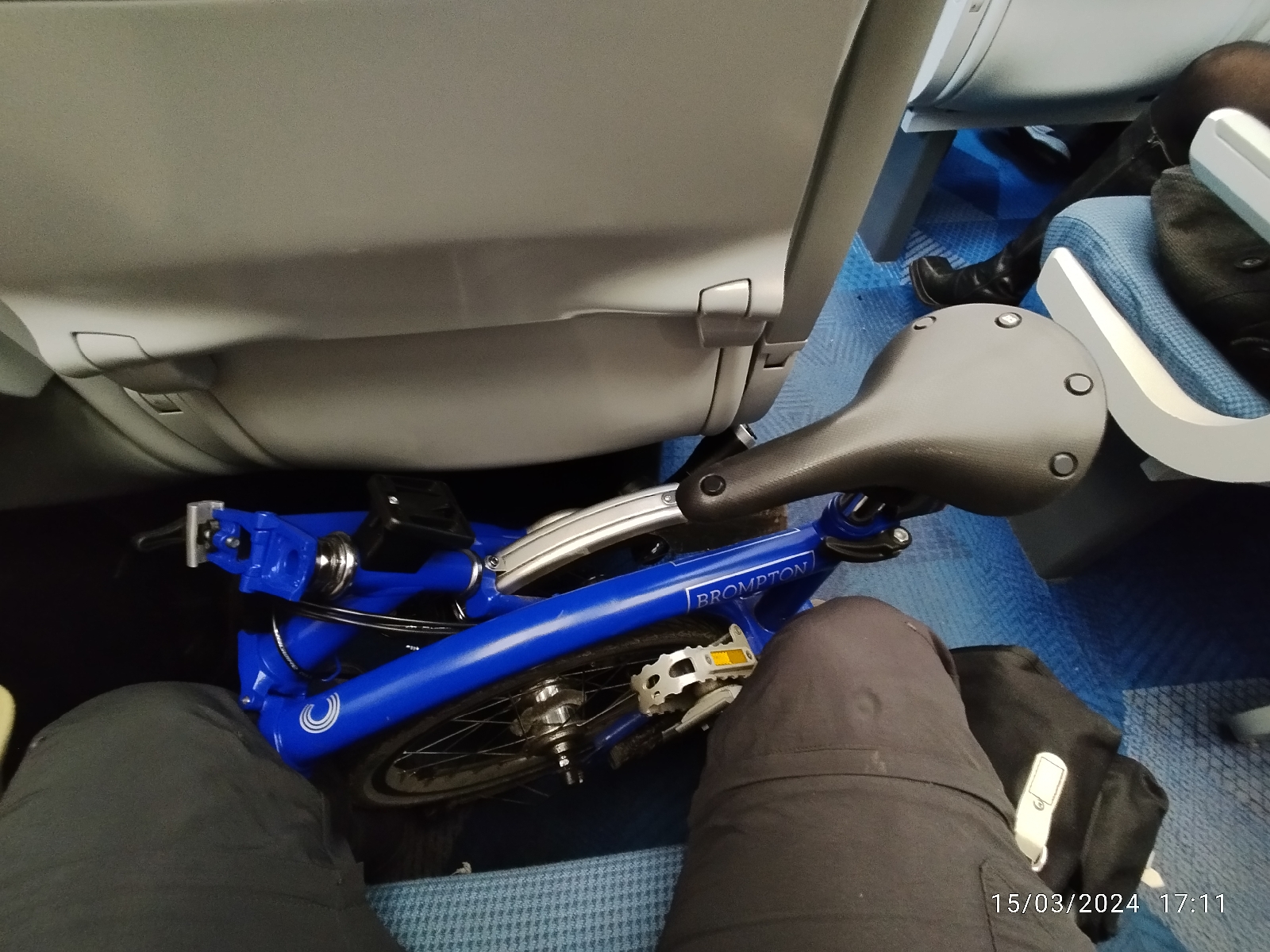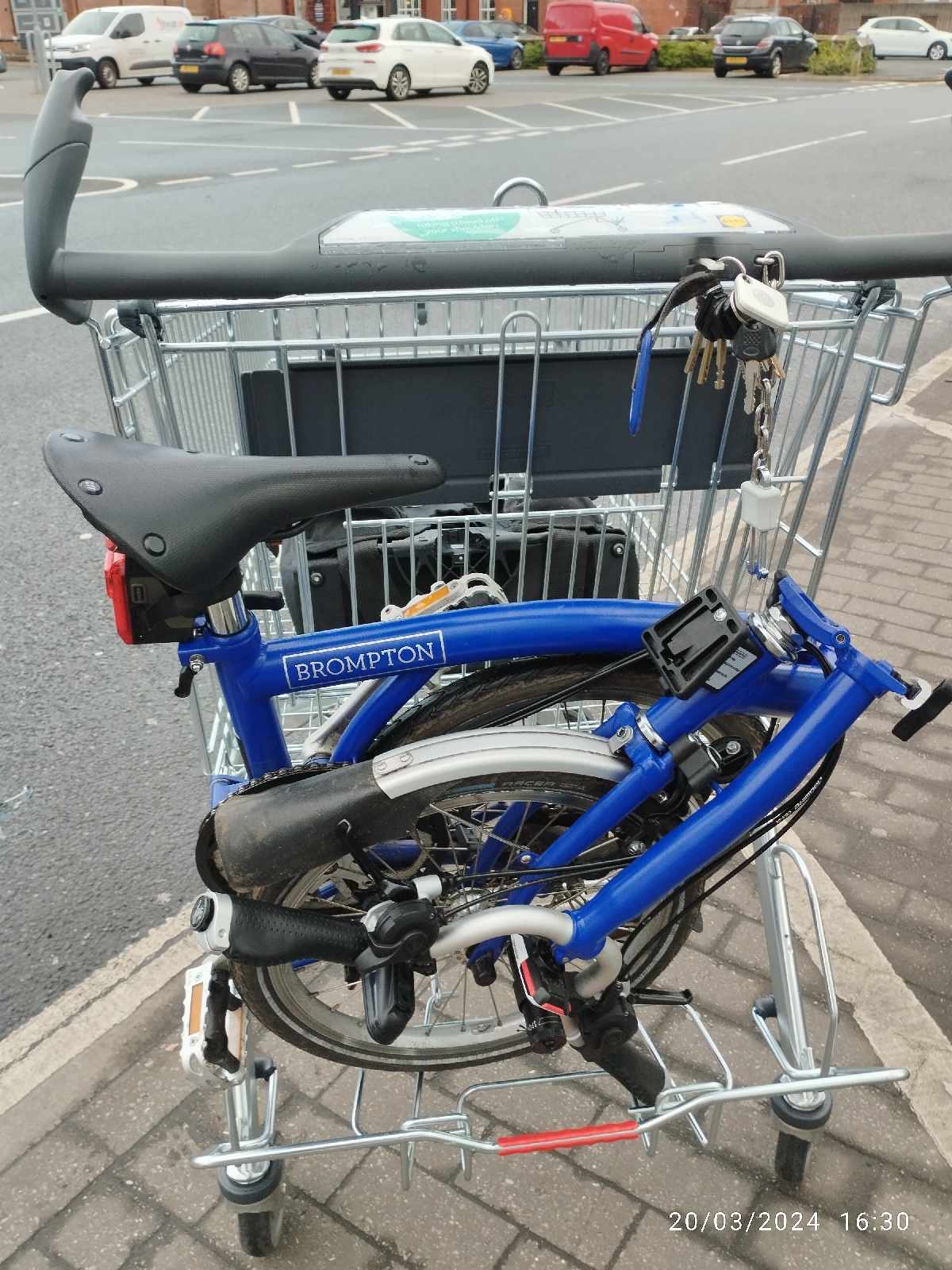The sigma Rox 4.0 is my third GPS cycle computer. I've used a Lezyne Macro GPS for the last four years or so. For one reason and another I decided it was time for another.
I'm a touring plodder and don't need a super duper computer that's really designed for racing and training. Connections to sensors such as heart rate are useful as a rough gauge of effort though.
I do use navigation on unfamiliar routes though so komoot integration is important to me. I also wanted a slightly bigger screen than the Lezyne, and better quicker syncing and activity uploading with a phone
In the end I settled on a Sigma Rox 4.0. I've used sigma wired and wireless computers before GPS and liked the design aesthetic and the reliability.
It uses a standard Garmin mount so there's plenty of choice for mounts.
The unit has three big buttons surrounding the bottom of the unit. They have a fairly light but positive action. You do have to be careful not to hit them and accidentally pause your ride though.
Depending on the sport chosen there are up to 6 pages where the display can be customised with different sets of data.
The usual speed, distance and elapsed time is bread an butter stuff and works as you would expect.
GPS lock is normally very quick too.
One small first irritation to me is that the units selection is metric or imperial. I prefer distance etc in miles and temperature in centigrade.
Update
unit settings for individual metrics such as speed, distance, temperature are changeable in the app when the unit is connected.
When you are following a route be it from Strava, komoot or by the Sigma app itself, you get an arrow in the circle which also works as a countdown to the turn which is quite useful.
If the unit is synchronised to the phone app then you get the now usual SMS, email, and phone call alerts.
There is no option to delete a ride on the device itself. You have to synchronise with the phone app and delete it on the phone. It you have auto-upload to Strava and Komot turned on, you have to delete from them too which is another minor irritation.
Synchronisation is the computer's downfall. I've tried with a couple of phones and even though the devices are paired correctly it only connects to the app the first time after a phone restart. When you dig into it it's not an isolated issue. Sigma unhelpfully just say to re-pair, but that doesn't help. I've had a several cheap smartwatches and fitness bands which just connect without issue so it seems to be an app issue rather than a phone incompatibility
Update
I was informed that the connection worked flawlessly on older versions of Android.
I checked this and it did.
Subsequent fiddling showed that there is a sequence that needs to be followed with Android 12
1. Install the Sigma Ride app.
2. Check and grant all permissions to the app.
3. Only then so you pair with the unit.
When I emailed sigma sport, they said just check permissions but not when in the process.
Setting permissions before pairing the phone and unit seems to be the key to making connection work.
Connection for me is now reliable all the time.
Pros
✅Attractive design
✅Good large display
✅Good integration with Strava and komoot maps
✅Uses standard Garmin mounts.
✅Ant+ and Bluetooth connection to sensors.
✅ USB C connector for pc connection and charging.
✅ Relatively cheap at £90 in the UK
Cons
❌Not possible to delete an activity on device































